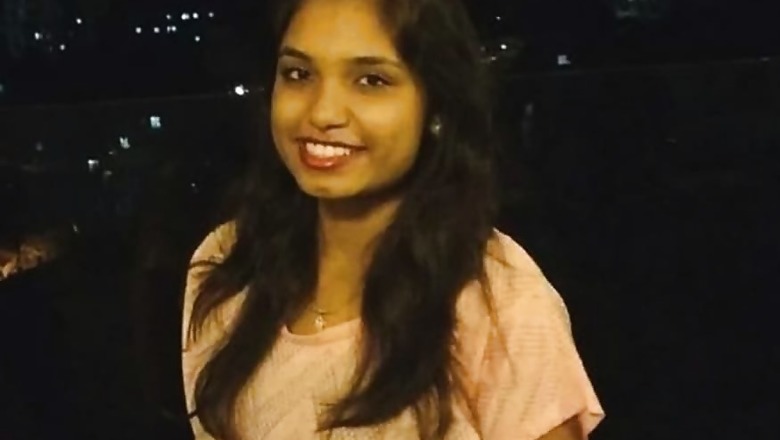
views
The suicide of 26-year-old Payal Tadvi on May 22 sent ripples across the country. Payal belonged to a lesser known of Adivasi community, the Tadvi Bhil. Like many in her community, she practised Islam.
A detailed account of her community paints a picture, which indicates both caste-based and religious discrimination — the double bind that might also have become the metaphorical noose around Payal’s neck.
Convergence and Divergence
Found in pockets of Maharashtra, Gujarat, Rajasthan and Madhya Pradesh, the Tadvi Bhils are a reserved community of Scheduled Tribes.
A sizeable number of them converted to Islam during the Mughal period. The Gazetteer of the Bombay Presidency located this phenomenon around the time when Mughal Emperor Aurangzeb was at the helm of affairs.
Razia Patel, who until recently headed the minority cell at the Indian Institute of Education (IIE) in Pune, said that during the time a section of the community converted as a result of Sufi culture’s influence. Later on, another section was proselytised by the Mughals.
Dautkha Tadvi, who hails from the same district in Maharashtra as Payal Tadvi — Jalgaon, however remained insistent about the distinction between his community and the “Muslims”.
“Don’t call us Muslims,” the retired accountant general emphatically stated and reasoned, “We have just adopted Islam. But, culturally we are very different.”
Dautkha, who identified himself as one of the first members of his community to get a high-ranking government job, highlighted the community’s clan system as a marker of this difference.
The Tadvi Bhils organise themselves around clans or kuls. Anthropologist MH Tadvi in his paper “Tadvi – Bhils in Maharashtra” pegs the number of clans (kul) within the community at 84. Clans, essentially, also determine how marriage takes place among the Tadvis. “A member of a clan cannot marry within the same clan,” the paper reads.
Patel also pointed out that the differences are also a derivative of the fact that the community “belongs to the mountains” and so speaks a different tongue — Bhilori. The community is also more syncretic and unrigid in their practice of Islam.
No Way Out
According to the 2011 census, the larger Bhil community has a literacy rate of 40.6 per cent.
Although the literacy rate in the case of the Tadvi community is not known, its members are varied in terms of their socio-economic conditions. According to Dautkha, “many, especially from the cities of Raver, Yawal, Chopda in the Jalgaon district have jobs and also own land.”
A number of them, including him, migrated for education and jobs, and many landed up with government jobs. Despite this, Tadvi 'Muslims' living in the smaller villages have little access to healthcare and education facilities.
Take, for instance, Dautkha's village of Ramjipur in Raver Taluka that lacks an ambulance service. “We had to transport the ailing villagers in private vehicles. So, the educated members of the community had to come together to buy one themselves,” he said. Dautkha will soon be heading home to “inaugurate” the new ambulance.
Patel, who has studied the Tadvis extensively, noted another difficulty that members across the community face – the double bind of caste-based and religious discrimination.
“Scheduled Tribes are anyways marginalised because they have the lowest literacy rates. And now, considering the treatment Muslims are being subject to, it has become worse for the Tadvis,” she said and added, “They solely get identified as a Muslim and not as a tribal, so their names get omitted from the quota list.”


















Comments
0 comment